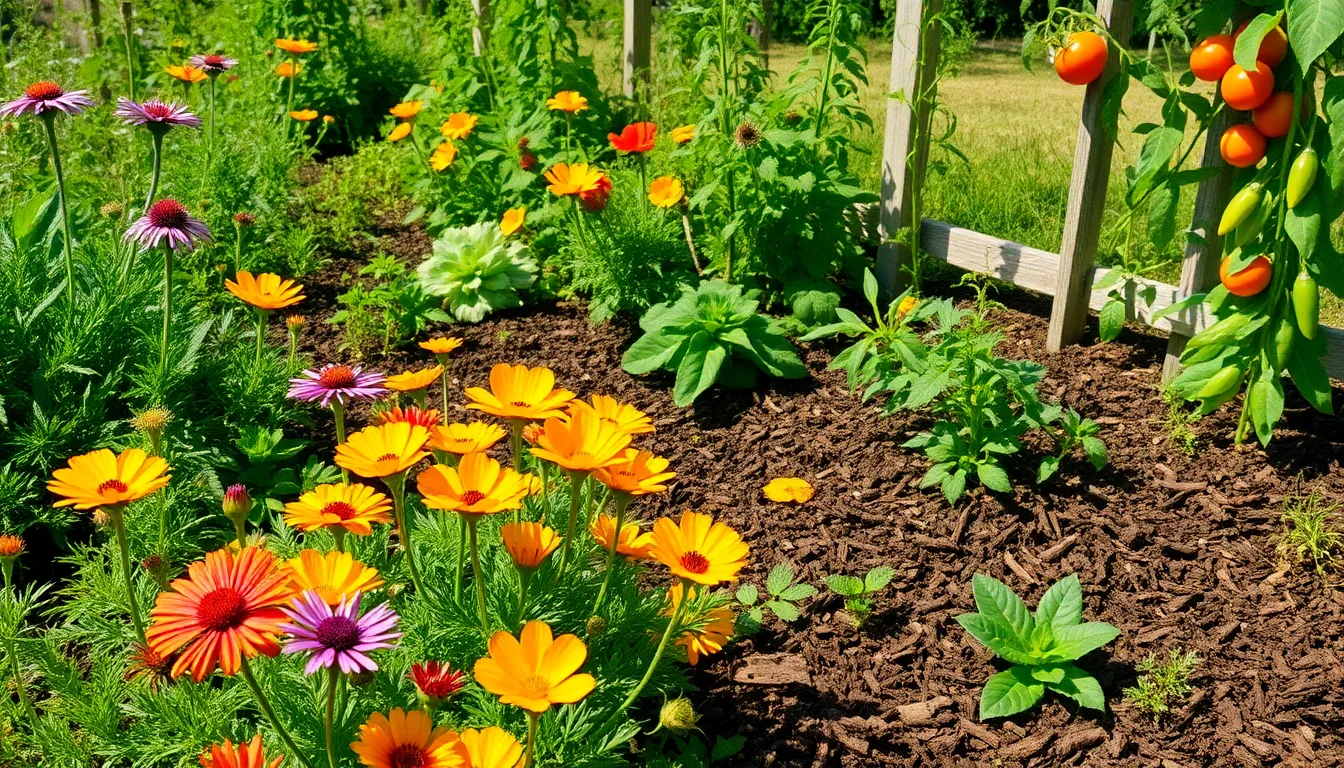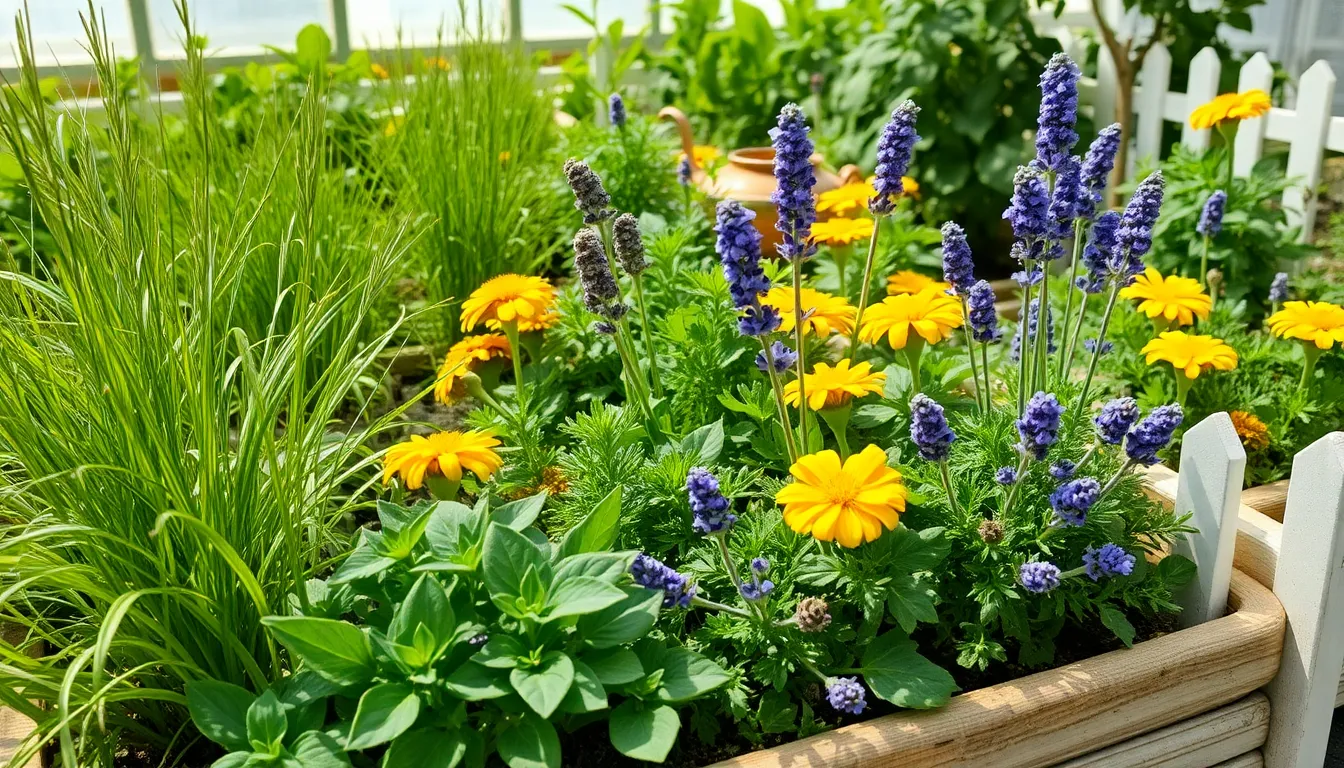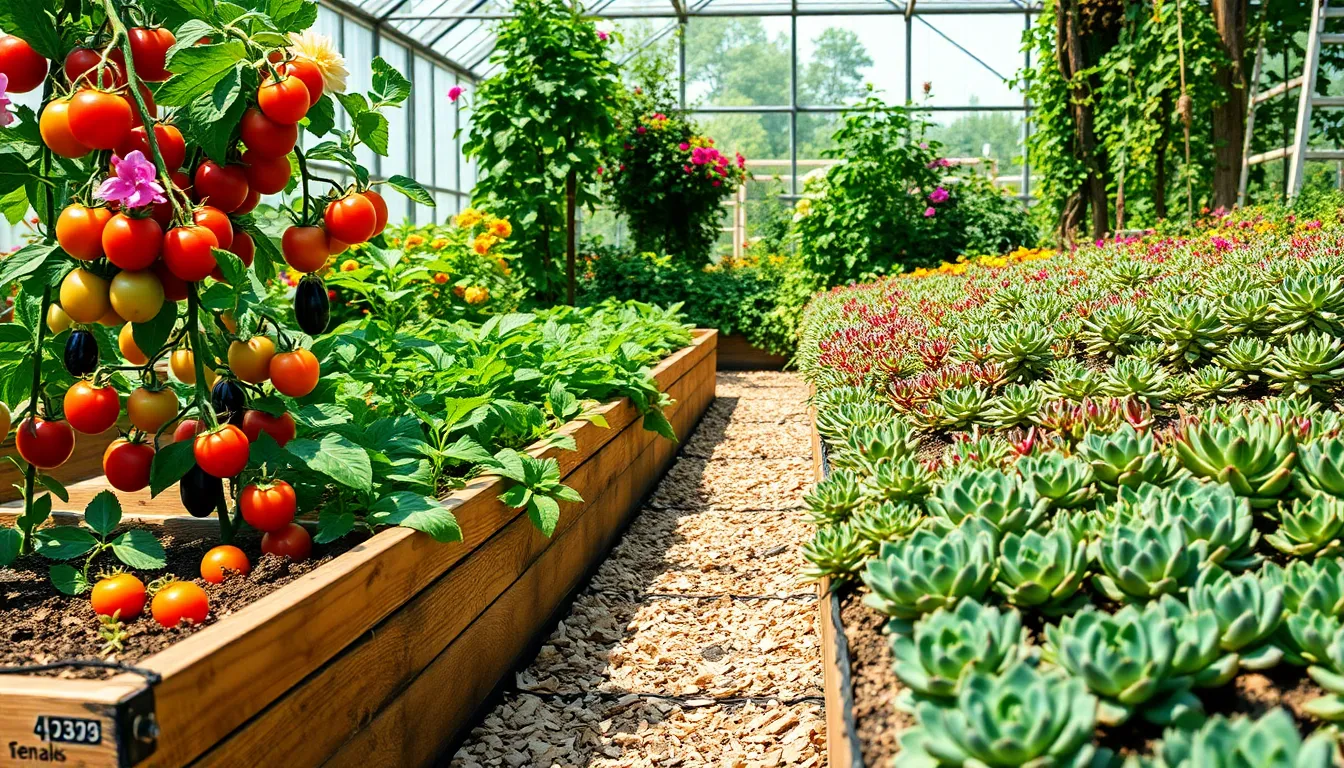Imagine stepping into your garden on a crisp morning, the dew still glistening on the leaves, only to find that your tender plants have been ravaged overnight by stealthy intruders. For both newcomers and seasoned gardeners, the sight of snails munching away at your hard-earned greens can be disheartening. Snails are more than just a mild inconvenience; these persistent mollusks can wreak havoc on your garden beds if left unchecked. Addressing this issue not only protects your plants but also enhances your overall gardening experience.
Understanding how to keep these shelled visitors at bay is crucial for maintaining the health and vibrancy of your garden. In this article, we will explore effective, time-tested strategies to protect your precious plants from these voracious pests. Whether you’re just starting your gardening journey or have been nurturing your patch for years, you’ll find practical tips that suit your style and needs. From natural deterrents to clever garden design, we’ll equip you with the knowledge to make your garden a snail-free sanctuary.
With a blend of patience and the right techniques, you’ll transform your garden into a thriving haven, untouched by snail damage. By the end of this guide, you’ll not only understand the timeline for implementing these strategies, but you’ll also feel empowered to take action with confidence. Let’s dive in and ensure that your garden beds remain a place of growth and beauty, free from the pesky munching of snails.
Understanding Snail Habits and Timing
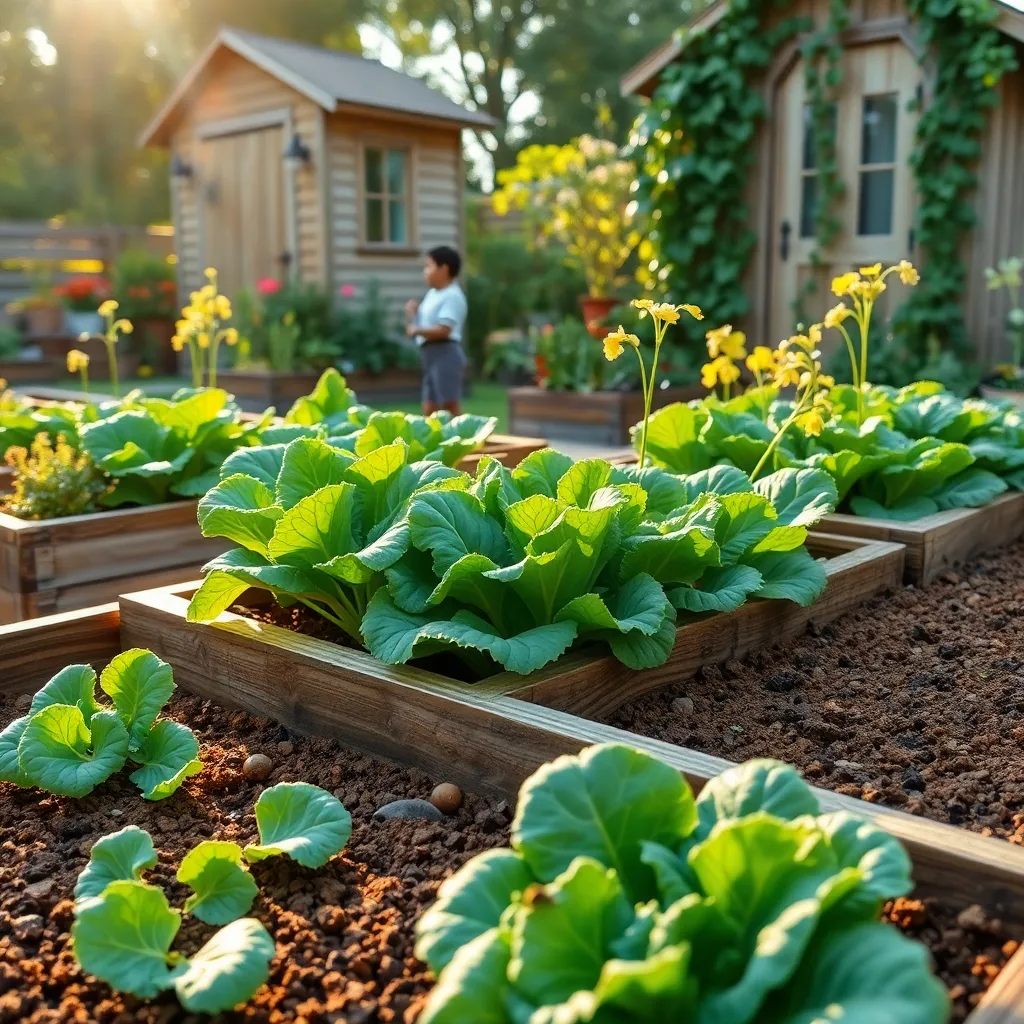
Understanding the habits and timing of snails is crucial for effective control in your garden beds. These creatures are most active during the night and thrive in damp conditions, so monitoring when they appear can help you plan your interventions better.
To effectively keep snails out, focus on creating an environment that is less appealing to them. Keep your garden well-ventilated and ensure your soil has good drainage to reduce excess moisture, which snails love.
For those seeking to enhance their snail control tactics, consider introducing natural predators like toads or ground beetles into your garden ecosystem. They can significantly reduce snail populations naturally without the need for chemical deterrents.
Additionally, you might want to try using barriers or deterrents around your garden beds. Crushed eggshells, copper tape, and coarse sand are practical options that create physical barriers snails find difficult to cross, thereby protecting your plants effectively.
Quick Fixes for Immediate Results
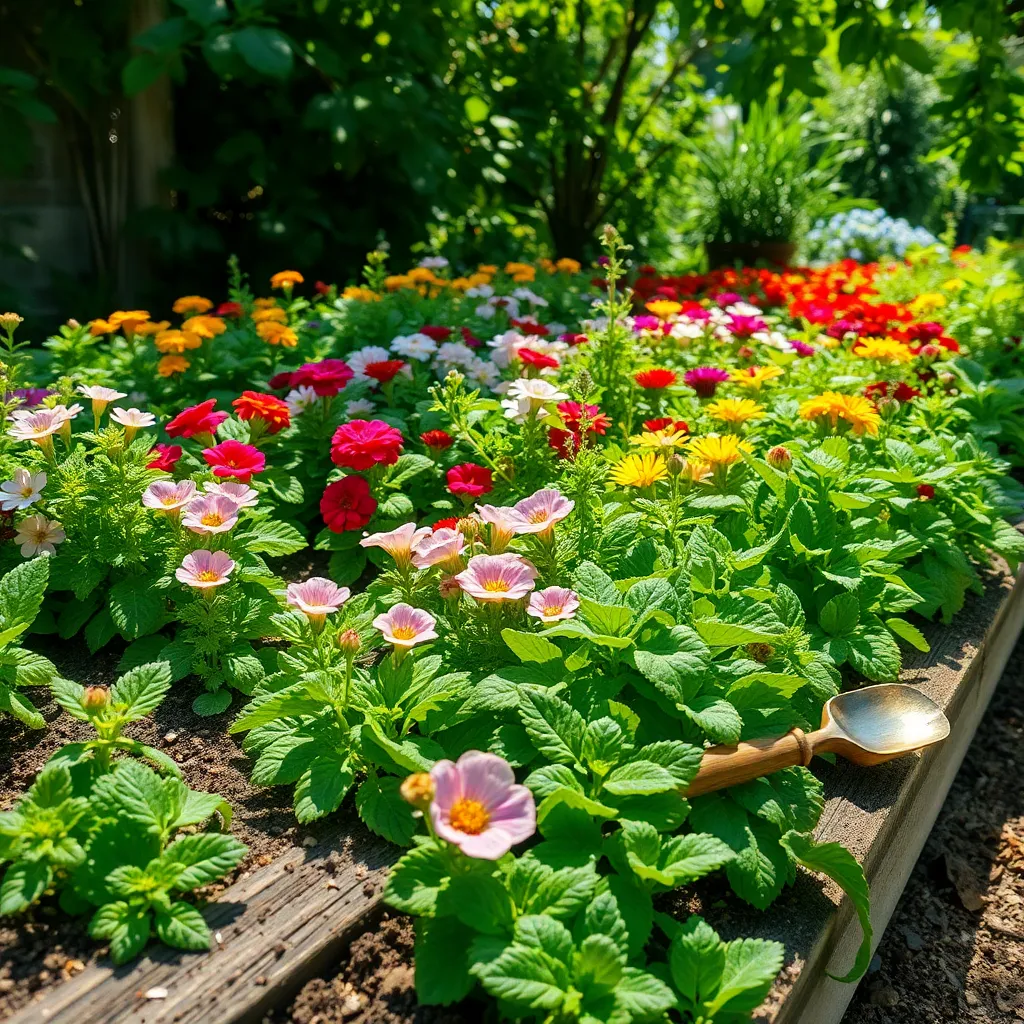
To quickly deter snails from your garden beds, consider using a simple barrier method. Crushed eggshells, diatomaceous earth, or copper tape can be spread around the perimeter of your beds to create a rough or unpleasant surface for snails to cross.
Another immediate fix is to implement hand-picking during the early morning or late evening when snails are most active. Regularly removing snails by hand and relocating them away from your garden can significantly reduce their numbers over time.
For a practical and natural approach, setting traps is both easy and effective. Fill shallow dishes with beer or a yeast-water mixture and place them around your garden; the snails will be attracted to the scent and ultimately drown.
Advanced gardeners might consider introducing beneficial predators like ground beetles or decollate snails, which feed on garden-damaging snails but require careful management. Ensure your garden environment supports these predators by maintaining a variety of plant species and minimizing pesticide use.
Long-Term Strategies for Snail Control

Long-term strategies for snail control require consistent effort and a combination of methods to protect your garden beds effectively. One effective approach involves creating a hostile environment for snails by using barriers such as copper tape or crushed eggshells around the perimeter of your garden beds.
Introducing natural predators is another excellent strategy for long-term snail management. Encourage birds, frogs, or even friendly beetles by providing them with habitats, such as birdhouses or small ponds, to help maintain a balanced ecosystem.
Maintaining a tidy garden is crucial for reducing snail populations over time. Regularly remove debris and weeds, as these can provide shelter and breeding grounds for snails, making your garden less inviting for them.
For experienced gardeners, implementing a crop rotation plan can disrupt snail life cycles. By changing plant locations each season, you can minimize the chances of snails establishing themselves in one area, thus reducing their numbers naturally over time.
Evaluating Time Investment and Effort
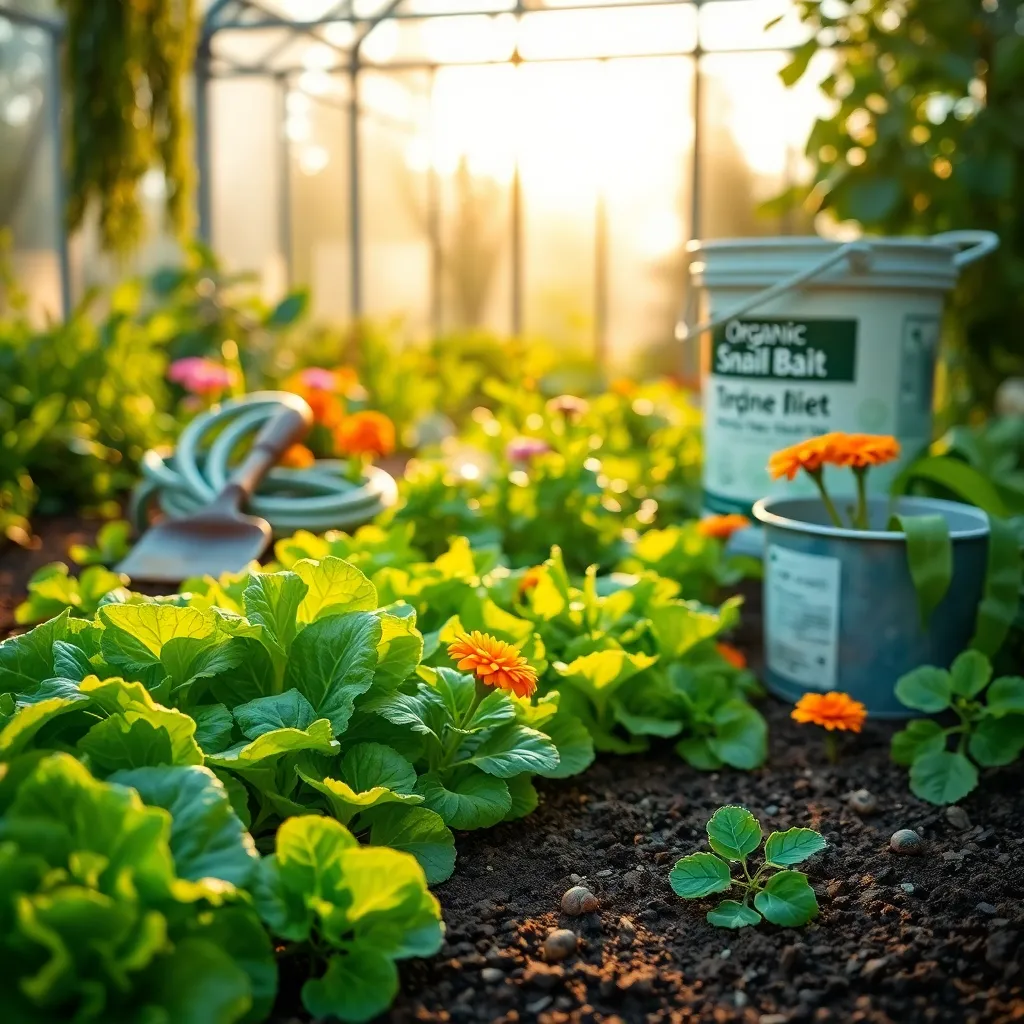
Managing snails in your garden requires an understanding of the time and effort involved. Beginner gardeners might find this task more time-consuming initially, but with consistent effort, it becomes second nature.
Start by dedicating a few minutes each day to inspect your garden beds for snail activity. This regular monitoring helps you catch infestations early, reducing the need for extensive interventions later.
For more experienced gardeners, employing integrated pest management techniques can streamline the process. Combining physical barriers with natural predators, like encouraging birds into your garden, can create an effective and efficient defense system.
Maintaining garden health is crucial in minimizing snail populations. Regularly removing debris and weeds from your garden beds can deprive snails of their favorite hiding spots, making your garden less appealing to them.
Monitoring Success Over the Seasons
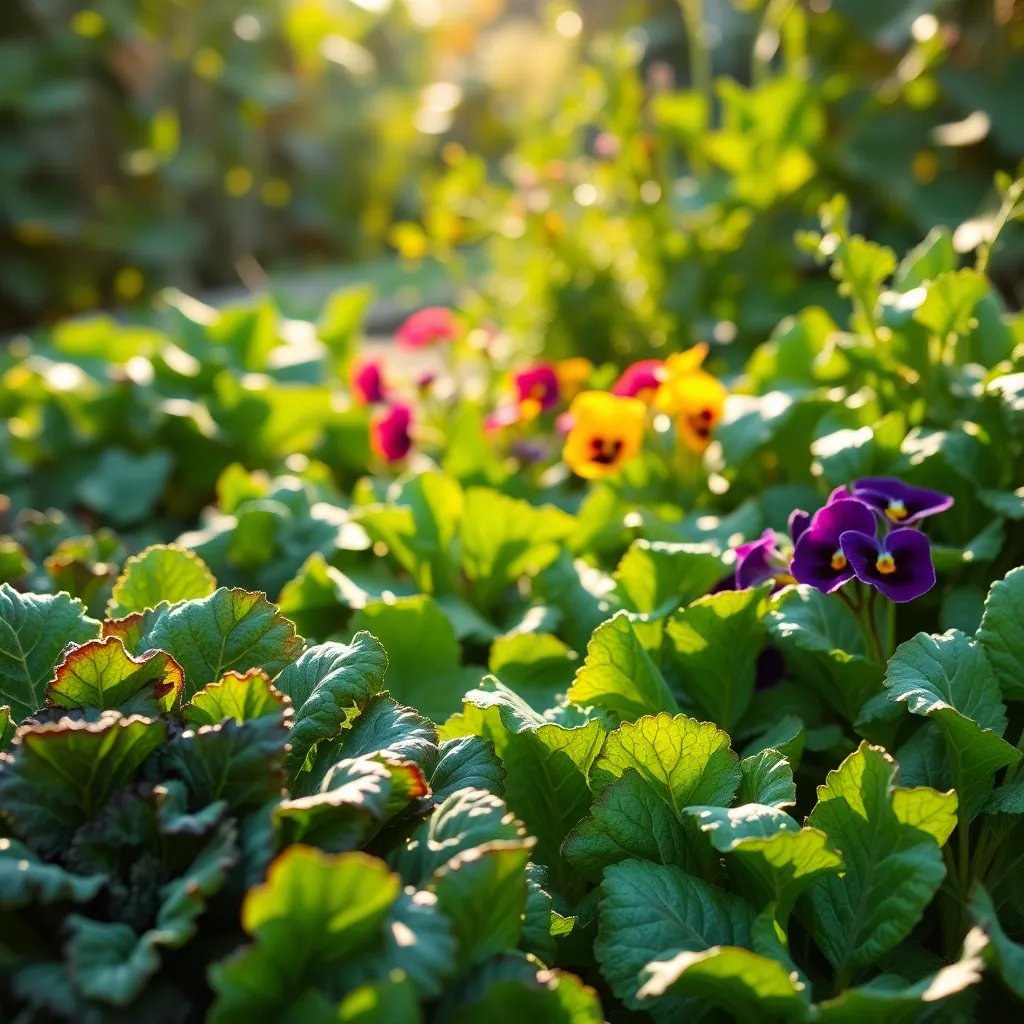
Monitoring the success of your efforts to keep snails out of garden beds involves regular observation and adjustments. Begin by checking your garden beds weekly, looking for snail trails and plant damage, as this will help you determine the effectiveness of your current strategies.
To enhance your monitoring, consider setting up a simple garden journal where you can record observations and changes over time. This practice allows you to spot patterns and adjust your techniques as needed, ensuring ongoing success in snail management.
Incorporating a variety of strategies can make your garden less inviting to snails. Employ natural deterrents such as crushed eggshells or copper tape around plant beds, which can act as barriers and significantly reduce snail presence.
For more advanced gardeners, employing biological controls like introducing natural predators—such as certain beetles or birds—can be effective. However, ensure that these interventions are suitable for your local ecosystem to maintain ecological balance.
Conclusion: Growing Success with These Plants
In exploring the nuances of keeping snails out of garden beds, we’ve unearthed valuable insights applicable to nurturing healthy relationships. First, understanding boundaries is crucial, much like setting physical barriers against intruders. Communication mirrors the vigilance required to identify early signs of trouble. Patience plays a pivotal role, akin to the consistent care needed to maintain a thriving garden. Collaboration, or working together to solve problems, enhances connection just as teamwork in pest control yields better results. Lastly, resilience ensures growth despite challenges, echoing the persistence needed to cultivate both gardens and relationships.
As an immediate step, reflect on these concepts and identify one area where you can enhance your relationship. Whether it’s improving communication or establishing clearer boundaries, taking action today can lead to profound growth.
I encourage you to bookmark this article as a resourceful guide. With continued dedication and the right tools, your relationships can flourish just as beautifully as a well-tended garden. Remember, nurturing relationships is a journey, and with perseverance, success is not just possible—it’s inevitable. Save this article to revisit these principles and keep your relationships thriving.


